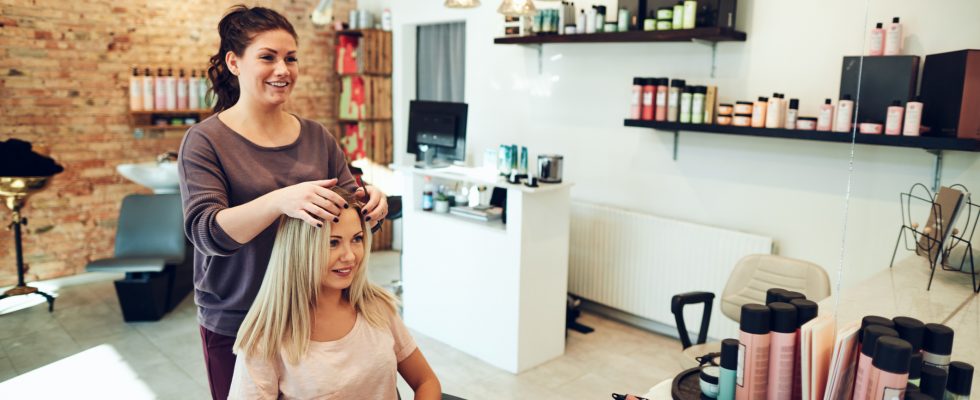You need not have to worry while you are in a tight budget, and you need equipment to establish, maintain as well as grow your business, especially while you are into the beauty salon business. You need to take the complete advantage of beauty salon equipment leasing as it is what the other companies do too.
For both large and small companies, equipment leasing is the most viable and popular option. According to the Equipment Leasing Association (ELA), 80 percent of every business in the United States leases all or part of their equipment.
It is not at all surprising provided you are given broader benefits of equipment leasing. The business owners get the best of both worlds with these creative financing options. Instead of purchasing the equipment outright, it allows you to pay only for the value of the equipment that one uses during this lease term.
The company that is selling the equipment simply makes a direct referral to a leasing company more accurately. Over a set period, the lease financing company buys and owns the equipment and then rent it to you for a fixed monthly fee. With terms that are running 12 to 60 months, leases can range anywhere from $2,000 to $2 million.
For financing all types of equipment, equipment leasing is suitable for any business at any stage of development can easily be used. Items such as office equipment, computers, and vehicles are included under leases. For financing software, hardware, consulting, maintenance, freight, beauty salon equipment, and more equipment, leasing can be used.
Benefits of Equipment Leasing
For business, along with the risk of technological obsolescence to another company, equipment leasing gives you the ability to have the latest equipment. Your needs regarding cash flow, budget, transaction structure, and seasonal fluctuations are all taken into account through leasing that involves terms and customized options? There is no collateral required along with no down payment with equipment leasing.
You can easily leave money in the bank that can be devoted to other expenses by leasing instead of buying equipment. You don’t have to pay out as much each month since the lease payments are usually smaller than the regular loan payments. A lease obligation is not carried on the balance sheet of your company as you need not make use of your bank loans or lines of credit to lease equipment. They are generally tax-deductible with the payments for leasing business equipment.
Compared to traditional bank financing, the equipment lease is generally more easily obtained. It is usually no more complicated than a credit card application with an application for a smaller-ticket lease of less than $100,000. From the business and more thorough credit analysis, leases for more than $250,000 are required.
Common Types of Equipment Lease Agreement
Based on the financing company, lease agreement terms vary. Through your credit rating, transaction size, asset type, industry, and location, the lease structure is generally affected. You need to match the agreement to your equipment needs, cash flow requirements, and overall business goals are the key to getting the most suitable type of lease by matching the agreement to your equipment needs.
The following are some crucial points which you need to keep in mind while considering to go for beauty salon equipment. As long as it is in your use or possession, most of the lease agreements require you to be responsible for the equipment. You are responsible for the burden of maintenance, interest, taxes and insurance in many leases. You can also opt to purchase the equipment for its fair market value, continue leasing it, return it or lease new equipment when the lease ends.
The two commonest types of lease agreements are operating and finance leases. The goal is not to pay for the equipment with an operating lease-also known as “true” or “fair market” lease. To companies that continuously update or replace equipment and want to use equipment without the ownership and also want to return the equipment at lease-end and avoid technological obsolescence is something that attracts.
An operating lease is an excellent strategy for bypassing capital budgeting restraints, and it usually results in the low payment of any financing alternative. It can result in an improved return on assets due to a smaller asset base as it typically qualifies for an off-balance sheet treatment. In the early years of the lease, it can also result in higher reported earnings.
For companies that want to own their equipment once the lease agreement is over, and yet they prefer to use the benefits of leasing to acquire equipment, the finance or capital lease is ideal. The lessee is liable for maintenance, taxes, and insurance as a finance lease is a non-cancellable, full-payout agreement. When the lessee wants the tax benefits of ownership or expects the equipment’s residual value to be high, this kind of agreement is most appealing. At a pre-set amount, the lessee purchases the equipment upon the lease termination. It nearly covers the useful life of the equipment with the term of a finance lease that tends to be longer.

